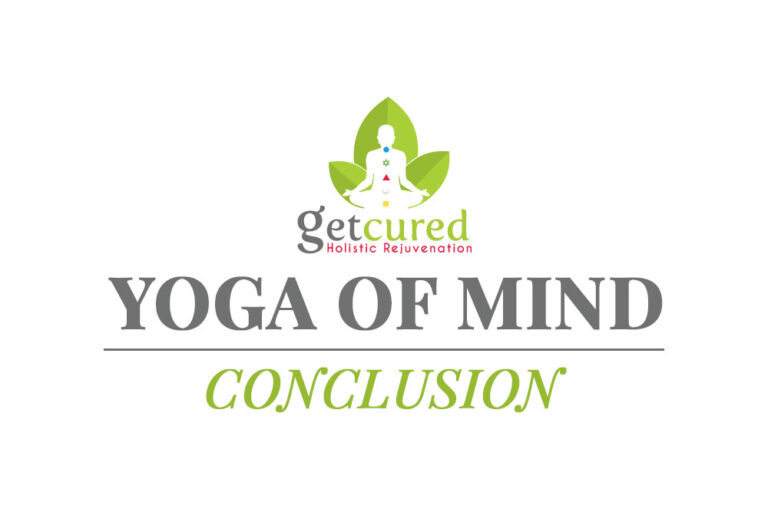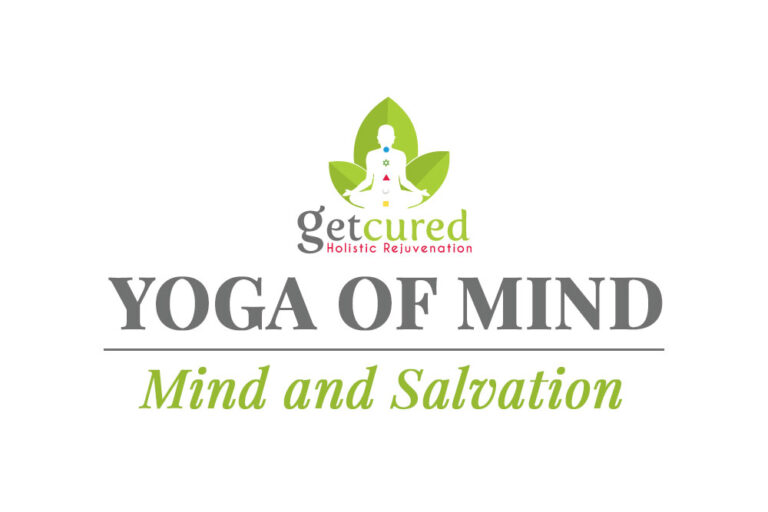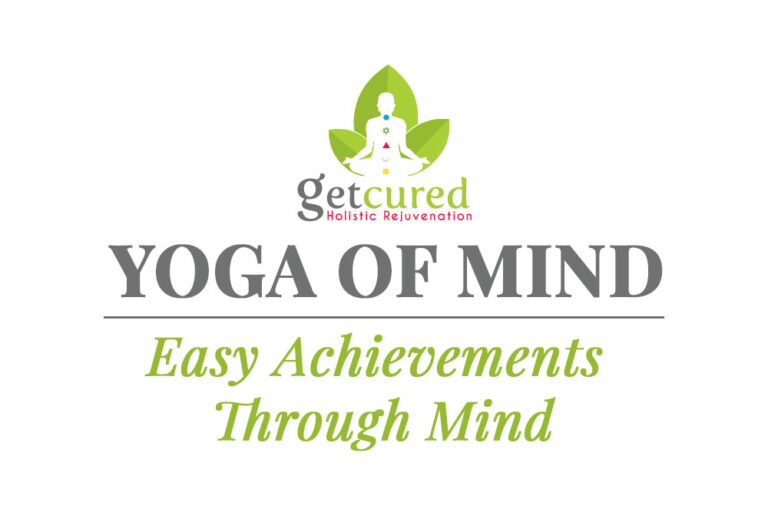This writing is dedicated to my teachers, Acharya Satyanarayana Goenkaji, Andrew Quernmore and Ven. Bhikku Bodhipala who have taught me these principles. “The greatest human who ever walked was the Buddha” – is the lesson they taught.
The Buddha was born in a palace and he chose to live a life as a recluse in search of the ultimate goal of life on earth- the quest for the ultimate reality – the sublime reality of the universe from which all has sprung.
The Buddha in his quest went to two of the most famous yoga teachers, Alara Kalama and Uddaka Ramaputra who taught him all that they knew. In the Silence, Siddhartha knew the quest was not over and that he had to walk alone. He went into the forest and met the aghoras of the day and he participated with them in their quest.
500BC was an exciting time to be a spiritualist. The great Taoist tradition whose founder Lao Tsu lived around the same period, Confucius who is one of the preeminent thinkers of ancient China with his codified living was a contemporary. Plato and the other Greek thinkers of the time were creating much of the knowledge, geometry and laws that we know of today.
One of the contemporaries of Gautama Siddhartha was a man named Nigantha Nathaputra; today we call him Mahavira, who founded the Jain religious tradition.
Another of the Buddha’s contemporaries was Mikkhili Gosala, who taught a system that believed in cycles of time with each cycle repeating after the first in the same order with the same things happening all over again.
During this time of ferment, the only constant was to find an answer to life’s problems and how to live one’s life. The Buddha had to find it on his own. He found five good friends who stayed along with him and they lived a life of not eating or eating one grain of rice a day and all the other mortifications that a body can endure and sometimes not endure. Later the Buddha was to recollect a time when his body was black and ugly due to starvation and of lack of washing. At times, he would collapse out of exhaustion and not know when and where he woke up.
Then came an incident that is repeated in the life story of the Buddha as we know of now. He was under a tree meditating when he overheard a musician tell to his disciple about the tuning of the Sitar, a stringed musical instrument. He told his disciple, “Tune it too tight and the string will break and there is no music, tune it loose and the strings will be slack and there is no tune. One has to tune the Sitar right”.
It is often said that when one is on the path of meditation and self-discovery, insights come from unknown places. For the Buddha this was the right Insight. One has to tune the body and mind right to know the Universe. By indulgence in pleasure, the body and mind are too slack to tune with the universe. By starvation, the body and mind are too tired and always on the verge of collapse. After this insight Siddhartha decided to eat food. He could not convince his friends at that point who were bent on seeing reality from the view of mortification.
He sat under the Bodhi tree and meditated upon the aspects of life. As he meditated he recalled an incident from his childhood when he had sat alone and bliss had descended. He recollected all the aspects of this incident and decided to observe his breath.
This is the technique of the Buddha called Anapanasati or observation of the plain breath. It is said that all the other meditative techniques are present at all other times but the Buddhas of all times from Konangamana have this one technique of Anapanasati that they introduce. This method is rightfully called the “Technique of the Buddhas”.
There is a saying that goes like – “when the Elixir of live or Amrit was first discovered, it was very bitter. Only the really toughened ones could take it. To make it less bitter, sugar was added. On and on this process went till a day came when people believed the Sugar was Amrit”; so much for the dissolving of truth in words.
Siddhartha then continued to meditate and he began to realise the fabric of life, the way one being is caught in suffering, the way desire is manifested in its many aspects, the roots of feelings, the constituent elements of the body, the mind and then its factors of consciousness and perception. Analysing these constituents, he realised that all of universe is made from these constituents and that every being is made from these aspects. He saw the suffering beings, the celestial beings and all beings formed from one or the other of these roots. A person with a superiorly developed sense of mind and heart is in the heavens as a deity – temporary though but filling a purpose created by an early life. Thus he realised the cycle of karma or causation, the pounding wheel of the Law or the Dhamma which crushes every being and returns all beings to be recycled based on their actions.
The Buddha saw the law of causation and he went on to describe it in his sutras. What he realises in this law of causation is that there is a point that permits exit from the Law of Karma. This point is the point where we choose to react to the stimulus that is placed before us. When we decide to act, we are in the clutches of Karma. When we choose to act carefully, we escape the law. The entire teaching of the Buddha whether it is on morality, meditation or on wisdom is to ensure that we develop the capability to take this route to enlightenment.
The Buddha had found the way for his enlightenment and it is said that as he opened his eyes, the morning rays were beginning to start over the plain of the Ganges and when he touched the Earth with his middle finger, to report to Mother Earth that he had attained enlightenment, the Earth is supposed to have trembled and all the systems of the universe had light shine into them. This was the power of Enlightenment, one man who would change the face of the Earth. The Man became the warrior of peace.
When the West was producing the likes of Alexander and Napoleon, the East saw Buddha changing the face of the world to inspire a movement born out of self realization. Realising that all evil leads to evil and only Good leads to Good, he spread the message of peace. By choosing to meditate, live a moral life and in the company of good friends and countrymen, he said that we could change the world. When we know that the entire universe is within us and that when we choose to develop the qualities that brighten the universe, we leave into the Good and that when we choose evil even at the level of the mind, it leads us to downfall.
The Taoist principles too speak of the oneness of all creation and that we all have come from the same point and that we all leave to the same point. As the Zen Koan says – When the thousand become the one where does the one go?
– by Srinivas Reddy





